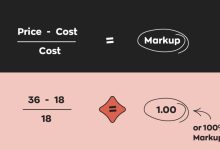Recently, some replica sellers have reported that their PayPal accounts were suddenly frozen due to TRO (Temporary Restraining Order) claims initiated by aggressive U.S. law firms—especially one notorious name: GBC.
In the past few years, these enforcement agencies (often called “IP enforcers”) have mostly operated on large marketplaces like DHgate, Alibaba, and eBay, targeting infringing listings and using TROs to freeze seller assets. But now, as marketplaces tighten control and the global economy slows down, these firms are expanding their tactics to self-hosted stores and even private order chats (WhatsApp, Instagram DMs, etc.).
Here’s how the trap works:
These so-called “buyers” will pose as interested customers looking to purchase replica products. They’ll contact you, ask questions, and eventually request to pay via PayPal. Once they receive the product, they file a TRO using the transaction as “evidence” of IP infringement.
What is the result?
Your PayPal account gets frozen immediately, and your balance is held hostage. These firms then wait for you to initiate a settlement. In most cases, if you choose to settle, over 90% of your PayPal funds are taken as part of the agreement.
That’s why many sellers are calling them legalized extortionists—they’re not protecting brands, they’re exploiting the system for easy profit.
For replica eCommerce sellers running self-hosted stores, encountering GBC at some point is almost inevitable.
If you’ve been in this industry for a while, you’re statistically likely to face their so-called IP enforcement tactics sooner or later. It’s simply part of the game—a rite of passage in the replica business.
Some even say: “You’re not a real replica seller until you’ve been hit by GBC at least once.”
As painful as it may be, each confrontation helps sellers grow wiser—more cautious, more strategic, and better equipped for survival. In a way, every GBC attack is a crash course in risk management. The more you go through, the sharper you become.

Hard Truth: Once GBC Hits, There’s No Real Way Out
Dear sellers, let’s get one thing straight: once GBC targets you, there’s basically no solution—especially if your PayPal account doesn’t hold a huge amount of money.
In most cases, it’s not worth hiring a U.S. attorney to negotiate a settlement, because legal fees alone can cost more than the frozen funds.
So what’s the recommended move?
Abandon the account.
Let it go. Forget about the frozen balance. Don’t respond, don’t negotiate, don’t engage.
This is the worst-case scenario, and also the only real consequence:
-
Your PayPal account is gone.
-
Your balance is gone.
That’s it.
There will be no further legal consequences, no follow-up lawsuits, and no police knocking on your door.
Simple. Brutal. But clean.
Taking a Balanced View: High Profits Come with High Risks in the Replica Niche
When it comes to GBC and similar enforcement actions, we need to take a dialectical, balanced view.
Let’s face it—the replica self-hosted eCommerce space is a high-margin industry by nature. With great profits come certain risks.
As sellers making sizable earnings from replica products, we must also accept the possibility of occasional losses.
In reality, GBC-related TROs are rare events. They don’t happen every day.
After all, if there were a truly zero-risk, high-profit business in this world, then what would become of the old saying: “High risk, high reward”?
That said, the good news is:
We do have the power to minimize the risk of getting caught in a GBC trap. And even if it happens, there are ways to control the damage—in some cases, the actual loss is even smaller than a customs seizure and almost negligible in the long run.
Today, I’ll break down how to survive and thrive in this high-risk, high-reward niche by addressing five key aspects:
-
Website Infrastructure – How to set up your replica site smartly
-
Payment Channels – Choosing safer ways to receive money
-
Traffic Sources – Driving traffic without exposing yourself
-
Order Screening – How to detect and avoid suspicious buyers
-
Multi-Account Matrix – Building a backup ecosystem to stay alive and profitable
Website Development
Contrary to popular belief, many replica sellers don’t get trapped because their websites are full of brand keywords.
Instead, the real reason is often this:
Their sites lack a proper blacklist and risk-control framework to defend against GBC and malicious buyers.
A solid risk management system for a replica self-hosted store should go far beyond just removing brand terms. It needs to focus on:
-
Identifying and blocking GBC enforcement agents
-
Maintaining a blacklist database of suspicious users and IPs
-
Screening and filtering potential bait/fake orders
-
Blocking competitor crawlers and platform spies
-
Preventing brute-force scans and malicious attacks
-
Using cloaking and smart disguises to reduce exposure
In short, your site needs more than just products and traffic—it needs infrastructure-level protection.
A properly built replica site isn’t just about looking “clean” on the surface.
It’s about staying alive in a hostile environment where one wrong click from the wrong user can cost you your account and your balance.
The very first layer of protection against malicious GBC orders is a high-risk order detection system.
Once a “buyer” is flagged as suspicious—not a genuine customer—the order is marked with a high-risk warning, alerting you to be extra cautious before shipping the product.
This mechanism is built on years of accumulated big data from our company’s historical GBC orders.
While it’s not perfect and has some “lag” in recognizing brand-new GBC sources (meaning it can’t identify 100% of new threats), it still boosts your site’s safety by at least 10 times compared to having no GBC protection at all.
Exclusive Blacklist Technology: A Competitive Edge
In the replica self-hosted eCommerce industry, this kind of GBC blacklist mechanism is essentially proprietary technology developed by our team.

It’s founded on years of industry data collection and continuous refinement—building a robust blacklist database that simply can’t be created overnight or within a few years by competitors.
Domain Name Tips: Avoid Brand Keywords
Additionally, when choosing your site’s domain name, it’s crucial to avoid any direct brand names, their pinyin, abbreviations, or obvious keywords that GBC systems can easily detect.
Examples to avoid include:
-
yeezyclub.com
-
lvoutletsale.net
-
replicaxxx.com
Domains like these are red flags that can trigger automated scans and enforcement actions.
Payment
The payment process is often the most challenging part for replica sellers running self-hosted eCommerce sites.
This difficulty stems from multiple factors, including:
-
The complexity of account systems
-
Payment channel risk mitigation
-
Withdrawal procedures
-
Currency conversion and settlement
A comprehensive risk control system should start by building what we call the “Payment Channel Sandwich.”
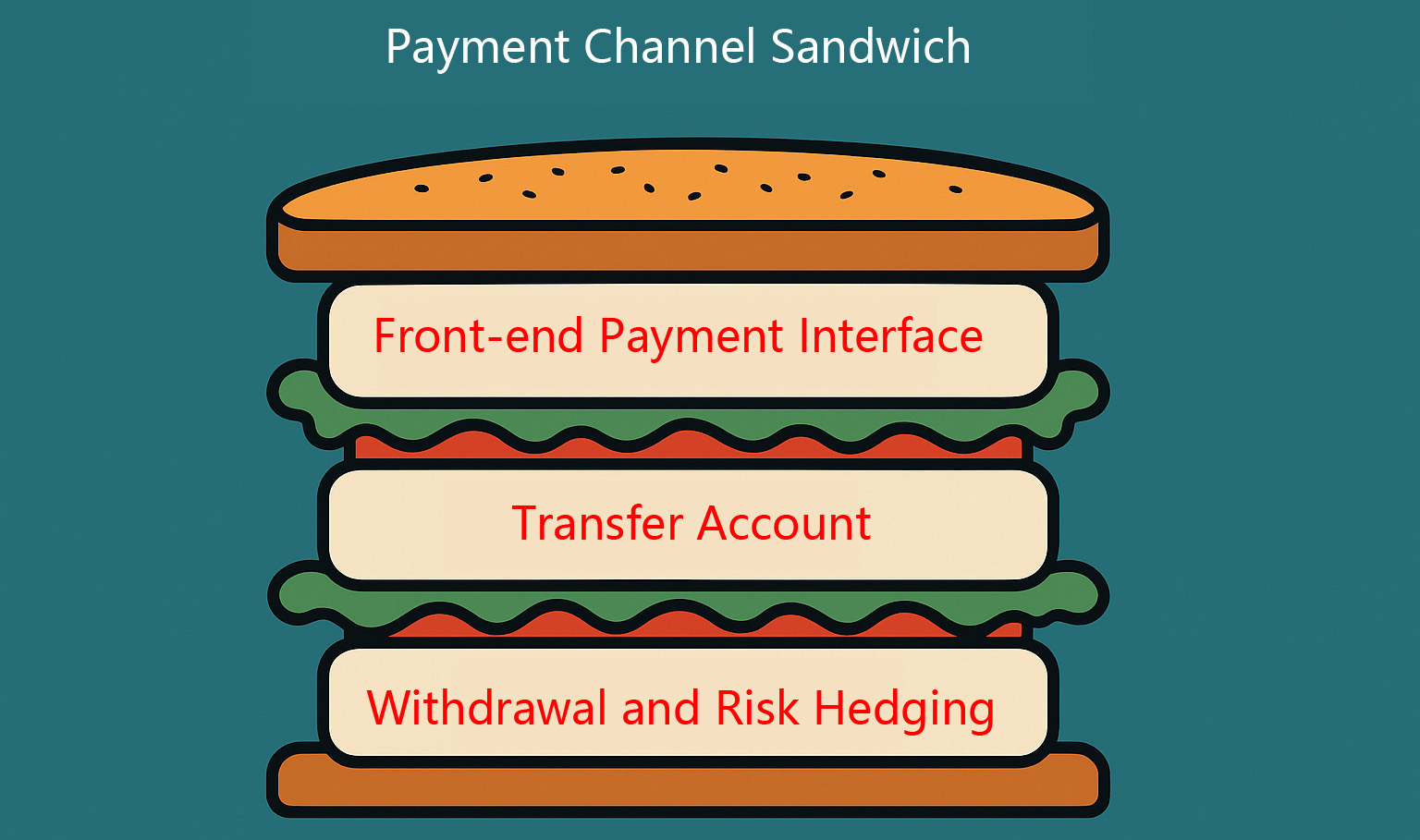
1). Frontend Payment Interfaces
A robust payment system often involves a strategic combination of A/B sites and rotational payment collection solutions, designed to distribute payment traffic and reduce risk.
It should support a variety of payment options, including:
-
Crypto payments (USDT, BTC)
-
Multiple offline transfer methods such as Western Union, MoneyGram, WISE, and others
By mixing these payment channels, sellers can minimize the chance of mass account freezes and ensure smoother cash flow.
For detailed implementation, you can refer to the latest 2025 guide on A/B site payment routing and strategy rotation.
2) .Payment Routing & Intermediary Transfers
For PayPal accounts, it’s crucial to set up scheduled withdrawals and timed transfers to avoid sudden freezes.
Sellers handling high transaction volumes should bind multiple receiving accounts to create a buffer layer between customer payments and final withdrawal. This multi-account relay setup helps spread risk and prevents a single point of failure.
3). Cash-Out Strategies & Risk Mitigation
When it’s time to withdraw funds, use a “bridge account” or an advanced cross-border settlement channel to create one additional layer before the money lands in your main account.
Never cash out directly into your primary account—always “hop once” first.
⚠️ Important:
Legacy payout services like WorldFirst, Payoneer , and CoralCross are no longer effective for high-risk replica sellers. These are outdated solutions that are now on the radar of payment platforms and compliance teams.
Also, never leave too much money sitting in one PayPal account.
Keep balances under $3,000–$5,000 USD at most—this is your critical risk threshold.
Traffic & Advertising
For many replica self-hosted stores, account freezes and GBC attacks don’t start at the payment stage—they start with exposure from Facebook Ads, Google crawlers, and third-party analytics tools.
To reduce detection and keep your business under the radar, follow these key precautions:
✅ Isolate Ad Accounts from Your Store
Meta (Facebook) business accounts used for ad campaigns must be physically isolated from your store environment.
Use different IP addresses, servers, browsers, and cookies to avoid cross-tracking.
✅ Enable Cloudflare & WAF Protection
Use Cloudflare + a strong Web Application Firewall (WAF) to block:
-
Common GBC IP ranges
-
Law firm monitoring crawlers
-
Malicious bots and scanners

✅ Block Google Indexing
Add a strict robots.txt to prevent Google from indexing your site.
This is crucial—do not expose your replica store via SEO unless you’re doing so intentionally in a cloaked environment.

✅ Use Shadow Brands on Social Media
Never name your pages after replica keywords.
Instead, use neutral names like:
-
Xmart Athletics
-
Fbrand Select
These are harder to associate directly with counterfeit goods in Meta’s detection systems.

✅ Obfuscate Your Ad Creatives
Avoid uploading direct brand images or official product photos.
Instead, apply techniques like:
-
Stylized edits
-
Frame-skipping
-
Color filters
-
Angle distortion
-
Overlay graphics
The goal is simple:
Make your creatives unrecognizable by AI, so you don’t get flagged before you even make a sale.
Because once GBC has your PayPal email via Meta’s data pipeline—
your account may be gone before the payment even lands.
Order Review
Many replica eCommerce sites execute a flawless full-stack operation, only to crash in the last mile—during order review.
Order screening is absolutely critical for replica sellers.
If you do it right, even if GBC manages to get through your automated filters, you can still manually catch and block 90%+ of these enforcement agents before they trigger a TRO.

Manual Verification Matters
As we mentioned earlier, the GBC Blacklist Module—while powerful—is based on historical data and does have latency issues. That means brand-new GBC attempts may slip through your system.
That’s where manual cross-checking becomes your last line of defense.
Use the “PayPal_GBC_Law_Firms” Sheet
If you’re a paid member of our network, always remember to cross-check suspicious orders with our proprietary GBC information database before shipping.
This private resource—curated and continuously updated by me and my team—contains the
latest info on GBC-linked law firms and enforcement accounts tied to PayPal addresses.
✅ Members can request the latest version of the sheet directly from me.
With this, you’ll have a powerful tool to manually filter out most enforcement-related orders—before they ever become a threat.
Account Matrix
If your store handles large transaction volumes and you need to bind multiple PayPal accounts under the same website for collection—that’s totally feasible.
However, you must implement a proper account matrix to avoid cross-account correlation, especially when you’re on the radar of enforcement firms like GBC.
Key Points for a Safe Account Matrix:
-
✅ Server IP isolation: Use CDNs and masking techniques during site deployment to hide real server IPs.
-
✅ Login environment control: Your own login IPs and browser fingerprints are the weak points—not just the frontend.
-
✅ One account = one identity: Each PayPal account should operate with its own unique login environment, digital fingerprint, and usage pattern.
-
✅ Anti-association browsers: Use anti-detect browsers or virtual machines to operate multiple PayPal accounts without linkage.

In addition,
If you’re a member of my private client group:
You don’t need to worry about technical server deployment—we maintain all backend systems for you.
Our team provides ongoing guidance and support for setting up and managing your full Account Matrix safely and effectively.
Final Words: Only the Prepared Survive
If you can execute the five pillars above—Site Setup, Payment Strategy, Traffic Control, Order Review, and Account Matrix—then you’re not just surviving in the replica self-hosted store game…
You’re building a system that can scale safely and sustainably.
Let’s be honest: most replica sellers aren’t criminals or counterfeit fanatics.
They’re business-minded individuals pushed to the edges by economic reality.
But once you decide to walk this high-risk path, you need to be equipped with a survival strategy under pressure.
This is no longer just about tools or techniques—it’s about developing a systemic mindset for managing chaos.
✅ Never leave all your USD in a single PayPal account.
✅ Always plan your escape today—as if your account gets frozen tomorrow.
The replica eCommerce business is not for everyone.
It doesn’t reward the greedy or the reckless—it rewards the disciplined, the patient, and the prepared.
If you’re ready, take every step with clarity and courage.
If you’re still hesitating, maybe that hesitation is your sign to stop and reflect.
In this game, fortune doesn’t favor the bold—it favors the smart.
That is all.
 Custom E-commerce Solutions for High-Quality Designer-Inspired Fashion Replicas | Website Development, Dropshipping, Payment Integration for PayPal and Stripe, Ad Cloaking Services
Custom E-commerce Solutions for High-Quality Designer-Inspired Fashion Replicas | Website Development, Dropshipping, Payment Integration for PayPal and Stripe, Ad Cloaking Services



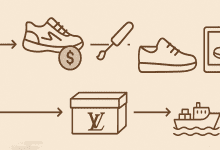





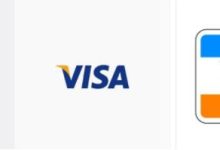




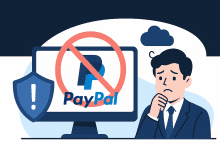




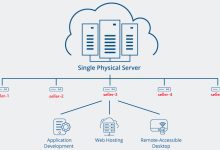


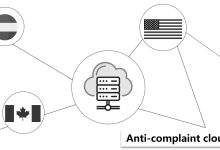




![5 Best WordPress Themes for Replica Product International Trade Websites [Recommended]-Custom E-commerce Solutions for High-Quality Designer-Inspired Fashion Replicas | Website Development, Dropshipping, Payment Integration for PayPal and Stripe, Ad Cloaking Services](https://replicasmaster.com/wp-content/uploads/2025/06/1-1-220x150.jpg)
